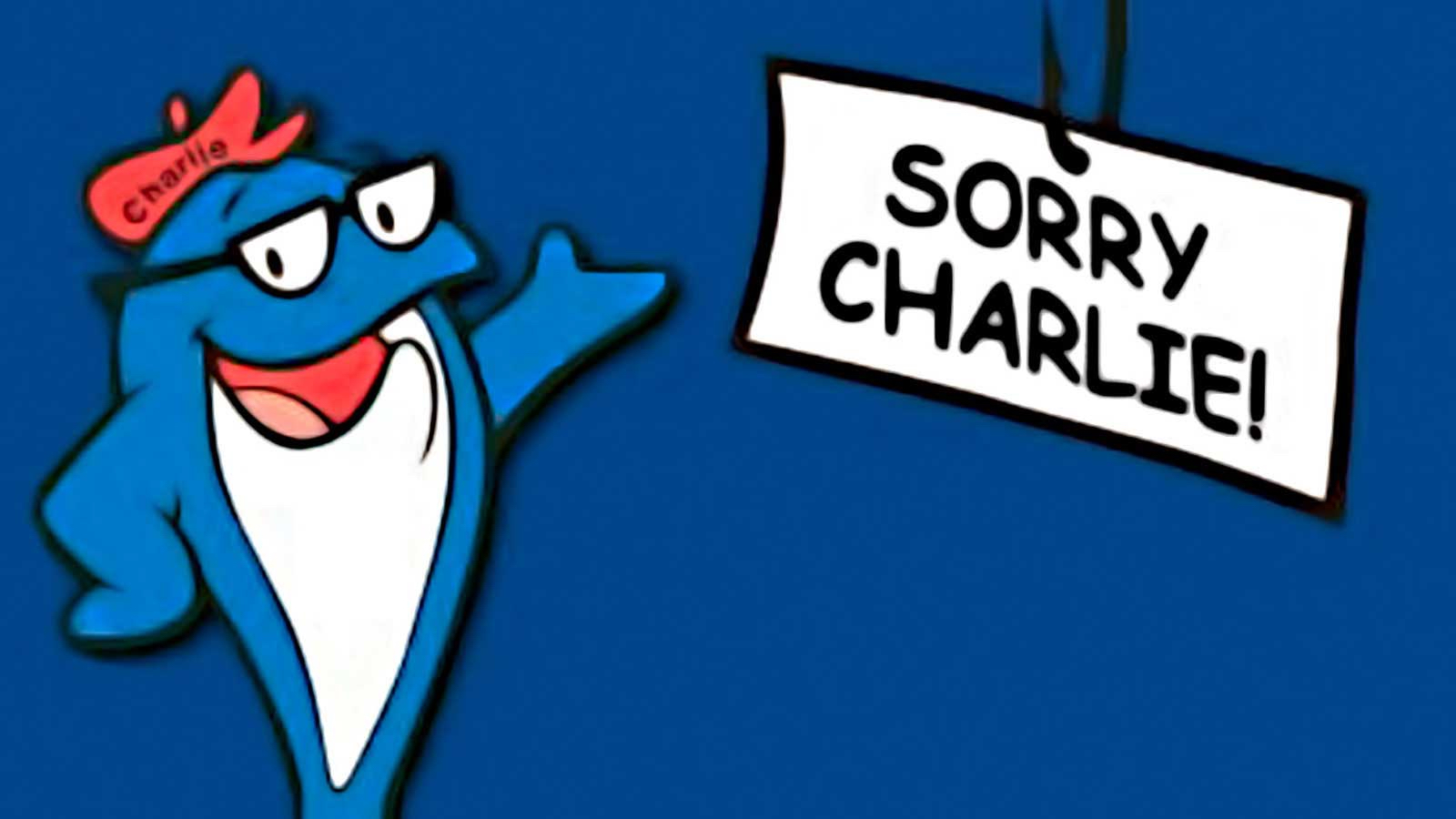Below is a summary of the abstract you submitted. Presenting author(s) is shown in bold.
If any changes need to be made, you can modify the abstract or change the authors.
You can also download a .docx version of this abstract.
If there are any problems, please email Dan at dar78@pitt.edu and he'll take care of them!
This abstract was last modified on April 22, 2025 at 3:40 p.m..

There are an estimated 10^31 bacteriophage particles on Earth, making them the most abundant biological entity. Despite this, they are termed the “dark matter” of the biosphere: the majority of phage genes code for proteins with unknown functions revealing the vast diversity of unstudied phage biology.
The uOttawa SEA-GENES journey has continued with its exploration and gene characterization of the mycobacteriophage Charlie. Charlie belongs to the N cluster, has 68 genes, of which 45 (66%) have no known function (NKF).
We have individually cloned each of Charlie’s 68 genes into an anhydrotetracycline (aTc) inducible plasmid which can be transformed into the host, Mycobacterium smegmatis. After induction with aTc, each of the cloned genes are overexpressed and we test if this expression causes toxicity in the host. These phenotypes will provide information about the function of each gene.
So far, our group has tested the cytotoxicity of 51 genes. Ten of the fifty-one genes tested have shown cytotoxicity, which include a RecE-like exonuclease (gp47), a RecT-like DNA pairing protein (gp48), and one gene with no known function (gp34).
Two genes, gp22 and gp28 were very challenging to amplify using polymerase chain reaction (PCR). We solved this issue by using Q5 DNA polymerase with High GC Enhancer. We have also had challenges confirming some clones using a PCR-based clone verification and in these cases, we have used a restriction enzyme digestion to confirm the correct insertion of the Charlie gene.
Plasmids containing three Charlie genes, gp7, gp36 and gp62, failed to yield transformants in M. smegmatis and we hypothesize that these genes are extremely cytotoxic, and leaky expression on media lacking aTc produces enough of the toxic gene product to prevent colony formation. We are currently constructing plasmids that introduce a STOP codon immediately after the START codon to confirm that expression of the gene is required for its extreme cytotoxicity.
We are on-track to finish Charlie cytotoxicity assays by the end of summer, and future experiments will center around testing if overexpression of Charlie genes cause immunity to infection with Charlie and other N cluster phages, protein-protein interactions between genes that are cytotoxic and the M. smegmatis proteome, and to characterize the phenotypic consequence of deleting cytotoxic genes in Charlie.
Knowledge of mechanisms that phages use to infect hosts and mechanisms that hosts use to confer immunity to phages is imperative to developing effective phage therapy that can combat bacterial infections. Discovering cytotoxic genes within the Charlie genome may point us to strategies that could increase infectivity of Charlie and phages used in phage therapy.

